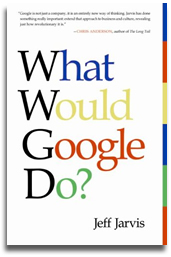Book Review: What Women Want
Tuesday, March 29th, 2011
Underhill, Paco. What women want: the global market turns female friendly. Simon & Schuster, 2010.
The author of the classic best seller Why We Buy describes the new economic and social power that women now bring to the market, influencing product design, marketing and service. With record numbers of women entering professions such as law, medicine and business, women control a significant percentage of household purchasing power and it is good business to cater to their preferences.
So what do women want? At the base level, Underhill says that women want cleanliness, and also control, safety and consideration. Products that address those desires will be successful and those that do not will lose sales. He discusses a range of topics including kitchens, bathrooms, home offices, hotel rooms, cosmetics and food, providing meaningful insights and clever observations about women’s preferences. The book is an entertaining and lively read into one man’s opinion about women and their values and desires, with occasional lapses into stereotypes.
Sometimes the writing is overwrought – Underhill describes newer bathrooms as the “space where hedonism, fantasy, luxury… collude in a miasma of mist, steam, fragrance, occasional candlelight, and a sense of delicious, unhurried aloneless.” And sometimes the associations seem forced. According to Underhill, McMansions are the “penultimate guy dwellings” and are on the way out. By contrast, the megakitchen, a woman’s showroom of gadgets, fixtures and appliances, such as a $30,000 stove, is a developing trend. Other observations and insights ring true. Bottom line, this book presents adaptations that companies can make to win female customers.
© Reviewer: Meg Trauner & Ford Library – Fuqua School of Business.
All rights reserved.






